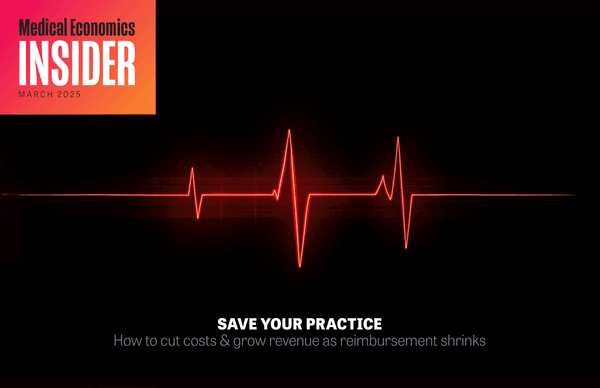
Practice Management
Latest News
CME Content








Setting aside 20-30 minutes each week to talk with members of your staff can reveal answers to many everyday problems in a practice

A reader shares a letter written to the Center for Medicare and Medicaid Services about the hardships electronic health records impose on small medical practices.

A reader explains why his children decided to follow his footsteps into medical practice.

A reader disagrees with the results of a study on the links between fears of malpractice and defensive medicine practices.

Ordering tests and diagnostic procedures can be a dilemma for physicians, who must navigate issues of patient care, liability and cost

Despite the reimbursement challenges primary care physicians will continue to face in 2015, new initiatives will provide primary care physicians with opportunities to grow and better manage patient health.


A majority of Americans now have a favorable view of the ACA's provision that employers with at least 50 employees provide healthcare coverage. But a great deal of misinformation about the ACA remains.

The new year brings changes to many evaluation and management codes physicians use, including chronic care management and advanced planning

Nearly 90% qualify for premium subsidies

Why upgrading the workflows of your front desk, clinical practice and administrative functions are necessary to improve efficiency and gain time

The Medicare Payment Advisory Commission is working to continue some form of payment bonus to primary care physicians in light of the expiration in 2015 of the existing 10% payment boost included in the Affordable Care Act


Efforts are underway to find technology solutions to the efficiency problems physicians experience with prior authorizations

Without an act of Congress, Medicaid parity will expire on December 31, 2014

Congress urges the ONC to certify only products that “clearly meet current meaningful use program standards and that do not block health information exchange.”

The American Academy of Family Physicians is calling out the Centers for Medicare & Medicaid Services for failing to provide details about several primary care codes in its 2015 Medicare physician fee schedule.

Medicare now reimburses physicians and other healthcare professionals for time spent managing patients' transition from inpatient to community settings. Here is the information you need to bill for these services.










